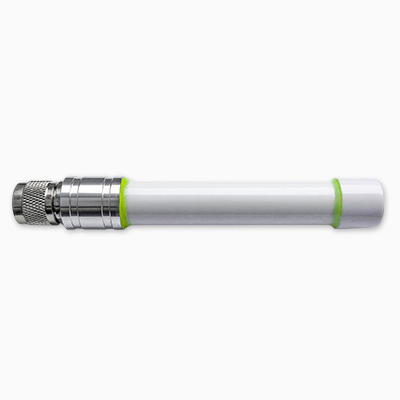UWB antennas can help transmit and receive signals in ultra wideband, with good broadband and the ability to transmit large amounts of data in a short period of time. Compared with traditional antennas, UWB antennas have advantages such as low power consumption, high data transmission rate, and high-precision positioning. UWB antennas are commonly used for short distance wireless communication, such as wireless personal area networks, wireless sensor networks, etc. The design and manufacturing of UWB Anchor Antenna require consideration of many factors, such as bandwidth, gain, directionality, size, and cost.

1. FPC (Flexible Printed Circuit) Antenna: FPC antenna is a flexible antenna made of flexible materials, suitable for scenarios that require antenna bending or adaptation to specific shapes. Its advantages lie in high flexibility, the ability to adhere to surfaces of different shapes, and it is often used for devices with special shape requirements, such as wearable devices or special shaped sensors.
2. PCB (printed circuit board) antenna: PCB antenna is an antenna made through PCB manufacturing technology, which is divided into PCB directional logarithmic antenna and PCB omnidirectional antenna. PCB directional logarithmic antenna has the characteristic of strong directionality, can provide high gain, and the main radiation direction is fixed, suitable for application scenarios that require specific directionality and high gain. The radiation characteristics of PCB omnidirectional antennas are relatively uniform, which can provide relatively uniform coverage on the horizontal plane. It is suitable for application scenarios that require omnidirectional coverage or provide relatively uniform signal coverage within a planar range.
3. Rod antenna: Rod antenna is a classic antenna design, usually made of metal materials, with a shape similar to a rod. This type of antenna typically has high gain and directional performance, making it suitable for situations that require long-distance communication or signal transmission in specific directions, such as in communication base stations, long-distance wireless transmission, or directional signal transmission.
4. Patch antenna: A patch antenna is a flat antenna typically composed of metal patches attached to a PCB. It has the advantages of simple structure, light weight, and low cost, and is suitable for various wireless communication systems, such as Wi Fi, Bluetooth, etc.
5. Built in antenna: Built in antenna refers to the antenna integrated inside a device, such as a common antenna in mobile devices such as smartphones, tablets, laptops, etc. Built in antennas typically require consideration of the device's structure and appearance design to achieve optimal antenna performance and signal coverage.
Ultra wideband UWB antenna is an antenna with ultra wideband characteristics, whose bandwidth is usually greater than 20% or higher of the center frequency. UWB antennas are mainly used in ultra wideband communication systems, such as wireless personal area networks (WPANs), wireless sensor networks, etc. The design of UWB antennas needs to consider factors such as bandwidth, gain, directionality, polarization, etc. to meet the needs of different application scenarios.
The SKYLABU DW1000 UWB transceiver anchor antenna HDX-UWB can operate between -40 ℃ and 60 ℃, and can adapt to UWB Anchor stations and UWB positioning labels developed based on the DW1000 scheme.
Copyrights© Shenzhen Skylab Co.,LTD All Rights Reserved.

